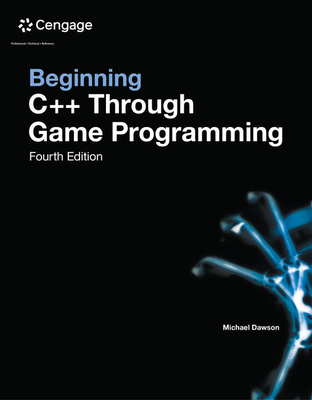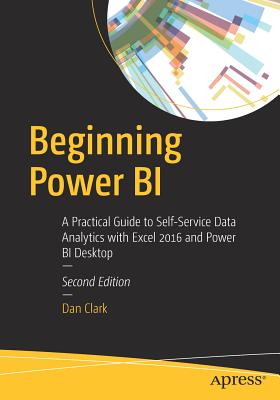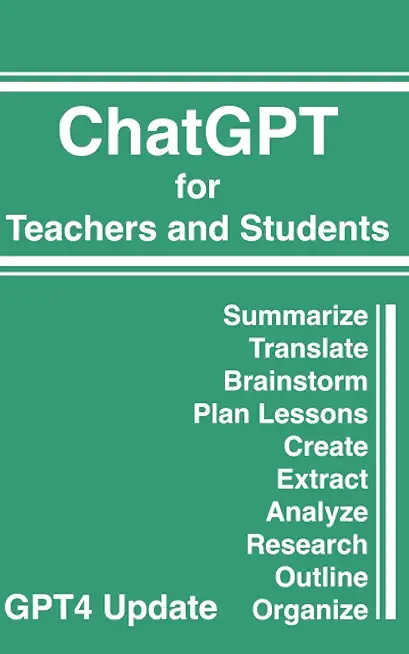Software Defined Networking Essentials (LFS465) Training in North Port
Enroll in or hire us to teach our Software Defined Networking Essentials (LFS465) class in North Port, Florida by calling us @303.377.6176. Like all HSG
classes, Software Defined Networking Essentials (LFS465) may be offered either onsite or via instructor led virtual training. Consider looking at our public training schedule to see if it
is scheduled: Public Training Classes
Provided there are enough attendees, Software Defined Networking Essentials (LFS465) may be taught at one of our local training facilities.
|
We offer private customized training for groups of 3 or more attendees.
|
||
Course Description |
||
| Software Defined Networking (SDN) abstracts networking infrastructure away from the actual physical equipment, enabling network system administrators to maintain the networking environment across multiple vendors and hardware, and operating systems and versions. This course introduces the tools and concepts necessary to carry out these tasks.
Course Length: 4 Days
Course Tuition: $2600 (US) |
||
Prerequisites |
|
| This course is designed for developers and advanced network engineers who require exposure to modeling in Open Source Software Defined Networking (SDN). | |
Course Outline |
|
Introduction
Objectives and Goals
Audience
The Linux Foundation
Linux Foundation Training Offerings
Certification Programs and Digital Badging
Course Platform: Ubuntu 16.04
Course Procedures
Course Registration
Labs
Software Defined Networking
Linux Networking and SDN
Networking Primer
Data and Control Plane in SDN
Networking components in SDN
Knowledge Check
Open vSwitch
Introduction
Open vSwitch Components
Open vSwitch installation
Using Open vSwitch
Knowledge Check
Labs **
Simulation and Observation
Objectives
Mininet
Mininet Command Line
Mininet Python API
Wireshark
Knowledge Check
Labs
SDN – History and Evolution
Early Networking
Datacenters and Network Operation
Evolution of Network Programmability
Knowledge Check
Network Programmability
ELNET/CLI
SNMP
NETCONF
YANG
Knowledge Check
OpenFlow
Introduction
OpenFlow Basics and Versions
OpenFlow Protocol
Knowledge Check
Labs
Network Virtualization and Multi-tenancy
Virtualization in the Datacenter and in the Network
Multi-Tenancy
OF-Config
Knowledge Check
Introduction to OpenDaylight
The OpenDaylight Project
Components of OpenDaylight
Project resources
Knowledge Check
Labs
YANG
YANG
yangtools
YANG to Java mapping
YANG in OpenDaylight
Knowledge Check
Labs
Apache Karaf – the OSGi container
OSGi
Apache Karaf Project
OpenDaylight and Karaf
Using Karaf
Karaf settings for OpenDaylight
Knowledge Check
Labs
OpenDaylight Controller and MD-SAL
How the controller evolved
MD-SAL
Brokers and RPC-Calls
The Datastore
Clustering MD-SAL
Plugin Development Workflow
Development environment setup
Knowledge Check
Labs
Observing and Logging OpenDaylight
Observing
Logging
Debugging
Knowledge Check
Writing an Application using OpenDaylight
Labs
Introduction to Tungsten Fabric
The TF Project
TF Community Benefits
TF Architecture and Overlay Network Principles
TF Components
Multi Tenancy
Service Chaining
Monitoring and Analytics
Putting it All Together
Knowledge Check
Labs
TF Architecture Deep Dive
TF Architecture Overview
TF Control Plane
TF Data Plane
TF Security Policy Framework
TF Management
TF Basic Troubleshooting
Knowledge Check
TF Network Services
BGP-as-a-service (BGPaaS)
Broadcast/Multicast
Device Manager
DNS Server
Load Balancer-as-a-service (LBaaS)
vRouter Deployment Models
vRouter Performance
TF and Orchestrators
Knowledge Check
Labs
TF Network Services Configuration
Configuration Techniques
TF API
Virtual Networks Configuration
Network Policy Configuration
vRouter Configuration
Remote Edge
Knowledge Check
Labs
TF And External Networks
External Connectivity Overview
Floating IPs
Simple Virtual Gateway Configuration
BGP EVPN
Knowledge Check
Labs
Observing, Logging, and Analytics in TF
Overview
Traffic Monitoring
Logging
Analytics
Knowledge Check
Labs
Closing and Evaluation Survey
|
Course Directory [training on all levels]
Technical Training Courses
Software engineer/architect, System Admin ... Welcome!
- .NET Classes
- Agile/Scrum Classes
- Ajax Classes
- Android and iPhone Programming Classes
- Blaze Advisor Classes
- C Programming Classes
- C# Programming Classes
- C++ Programming Classes
- Cisco Classes
- Cloud Classes
- CompTIA Classes
- Crystal Reports Classes
- Design Patterns Classes
- DevOps Classes
- Foundations of Web Design & Web Authoring Classes
- Git, Jira, Wicket, Gradle, Tableau Classes
- IBM Classes
- Java Programming Classes
- JBoss Administration Classes
- JUnit, TDD, CPTC, Web Penetration Classes
- Linux Unix Classes
- Machine Learning Classes
- Microsoft Classes
- Microsoft Development Classes
- Microsoft SQL Server Classes
- Microsoft Team Foundation Server Classes
- Microsoft Windows Server Classes
- Oracle, MySQL, Cassandra, Hadoop Database Classes
- Perl Programming Classes
- Python Programming Classes
- Ruby Programming Classes
- Security Classes
- SharePoint Classes
- SOA Classes
- Tcl, Awk, Bash, Shell Classes
- UML Classes
- VMWare Classes
- Web Development Classes
- Web Services Classes
- Weblogic Administration Classes
- XML Classes
Business Training Courses
Project Managers, Business Analysts, Paralegals ... Welcome!
Upcoming Classes
Gain insight and ideas from students with different perspectives and experiences.
Linux Unix Uses & Stats
Linux Unix is Used For:
Desktop
Mainframe Computers
Mobile Devices
Embedded Devices
|
Difficulty
|
Popularity
|
Year Created 1991/1971 |
|
Pros
Performance:
Linux supports many efficient tools and operates them seamlessly. Because it's architecture is lightweight it runs faster than both Windows 8.1 and 10.
Security:
Because Linux is an open-source software, anyone can contribute code to help enhance the users’ experience i.e., adding features, fixing bugs, reducing security risks, and more.
Software Development:
The terminal in Linux is a *wild card*. You can do almost anything with it. This includes software installation, application and server configurations, file system management, and etc.
Large-scale:
Open-source projects benefit from having an attentive community. As a result, Linux is more secure than Windows. Instead of installing anti viruses to clean malware, you just have to stick to the recommended repositories.
Efficient:
Developers have the convenience of running servers, training machine learning models, accessing remote machines, and compiling and running scripts from the same terminal window.
Free:
Linux is free (you can put it on as many systems as you like) and you can change it to suit your needs.
|
Cons
Learning Curve:
Linux is not for everyone, there is a learning curve in switching to Ubuntu. To actually learn Linux efficiently would take a user one to several years.
No Tech Support:
Unlike Windows, there isn’t a dedicated tech support, so getting help for things is up to you.
Designer Compatabilty:
Linux is not as user friendly as Windows or as ‘straight out of the box design’ As an example for design choices, Adobe hasn’t released any of its products to Linux users. So it’s impossible to run them directly. The Ubuntu alternative is a free software called GIMP.
Gaming Capabilities:
Most games aren’t available in Linux. But that’s not to say you can’t make it happen, it's just not as easy.
|
| Linux Unix Job Market |

Average Salary
|

Job Count
|

Top Job Locations
New York City |
|
Complimentary Skills to have along with Linux Unix
The following are types of jobs that may require Linux skills. The top 15 job titles on Dice.com that mention Linux in their postings are:
- DevOps Engineer
- Software Engineer - Java Developer - Systems Engineer - Systems Administrator - Senior Software Engineer - Network Engineer - Python Developer - Linux Systems Administrator - Software Developer - System Administrator - Linux Administrator - Linux Engineer - Senior Java Developer - C++ Developer |






